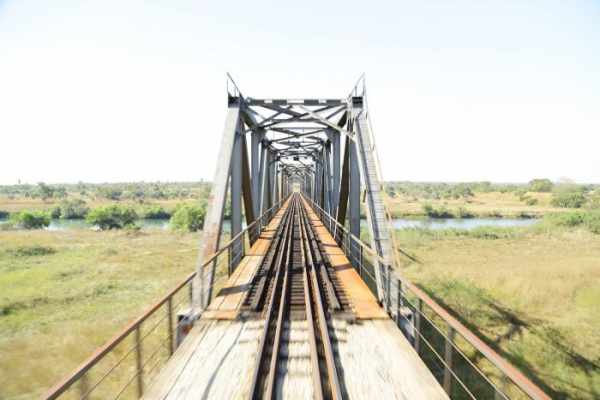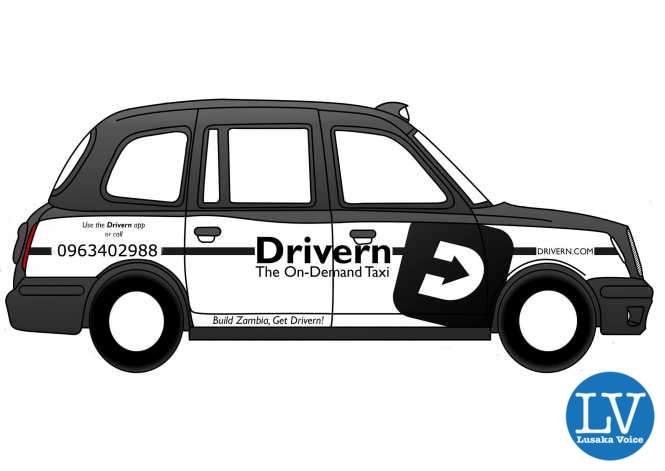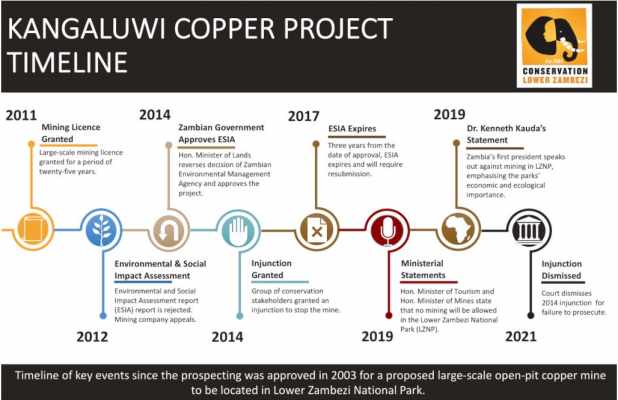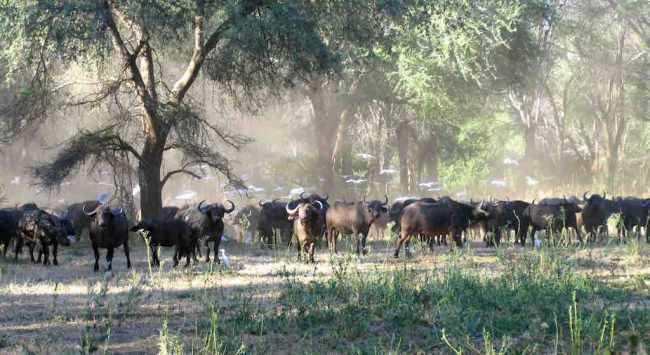After a 5 year absence, the Zambian firm called Drivern technologies, which owns a load of London taxis in Lusaka plans to relaunched it’s mobile application dubbed ‘Driven App’.
Below was Drivern technologies’ 2017 pre-launch press release :
By AARON CHIYANZO
IT IS a well-known fact that hailing a taxi in Zambia can be hectic and difficult at times especially when someone is not too familiar with a particular place.
The same can be said when someone is looking for a cab after hours when they do not have contacts of any taxi driver.
We have also heard numerous reports of people being mugged because of being in a particular place at the wrong time without a proper way out.
A new Uber like mobile app, ‘Drivern’ has since been launched in Zambia to eradicate such challenges, and make ‘on demand’ public transport services easier and safe.
A Zambian firm called Drivern technologies, which owns a load of London taxis in Lusaka has launched this mobile application dubbed ‘Driven App’.
Drivern Technologies head of sales and Marking Precious Mwewa said that the Uber-like App is meant to ease on demand public transport challenges.
‘Drivern’, which actually works quite like Uber is a mobile software application for booking taxi cabs using your mobile phone.
People are to request for a taxi using their mobile devices from any location right using the app and the taxi driver is able to know the location without being told.
The App even provides customers with estimated fares and the details of the driver who is coming to give them a ride.
With this App, you never have to haggle with drivers on payments as the fare calculator produces a cost based on the departure and destination address through clear and transparent pricing.
“It doesn’t have ‘surge pricing’, meaning you’ll just have to pay whatever shows up on the app. When you launch the app to call a cab, a driver nearby sees your name and location on their device,” said Ms Mwewa.
This solution emerges from the need to move with global trends and provide a service that is not only safe for the commuters, but also provides commuters with more control and a more reliable experience than a typical taxi.
This is an app which will offer commuters a convenient On-Demand connection to more than 300 drivers in Lusaka alone in the initial stages.
The number of drivers is expected to grow as the App registers more users across the country after they understands its real benefits.
And Uber, operating in 570 cities worldwide has been a pioneer in offering a service that allows users to summon a taxi using the Uber software application.
The App is owned by a transportation network company, Uber Technologies Inc., headquartered in San Francisco, California, United States.
Uber drivers use their own cars, although drivers can rent a car to drive with Uber.
The Uber App software requires the drivers to have a smartphone and the users must have access to either a smartphone or the mobile website.
This has also been enjoyed in African countries such as Nigeria, Kenya, South Africa and Ghana.
In most cities, Uber offers upfront pricing where the rider is quoted the fare that he or she will pay before requesting the ride.
In some cities, Uber does not offer upfront pricing, but instead calculates the price of a ride similar to a taximeter where the rider is charged based on the time and distance of the ride.
Uber’s tracking isn’t going to prevent crimes but the idea of being tracked by GPS will deter some drivers from committing crimes.
In the normal course of business, drivers and riders know only each other’s first names. Riders get to know the cars, photos, and license plates of their drivers, too.
It’s all automatically recorded in the App. If a dispute arises, or an assault, Uber has a complete record of who was in the car, where the car went, and how long the journey was.
That’s much more identifying info than a taxi ride generates.
Another App like Zambia’s newly introduced ‘Driven’, is Kenya’s ‘Little cab’, which claims to already have over 1,500 drivers, 40 of whom are women, and over 2000 active customers since its pilot phase.
‘Little cab’ is already battling it out with Uber and Taxify, which has become a favourite amongst traditional taxi drivers looking to make the switch.
Uber style-on-demand taxi hailing App Waryaa Taxi was also launched in Somalia, allowing passengers to book taxis from their smartphones for the first time in that country.
Waryaa Taxi deployed a free web and smartphone application that connects passengers directly with taxi drivers.
And so it is hoped that ‘Driven App’ will be a life saver in Zambia and make on demand public transportation much easier.
The ‘Drivern App’ is available for download free-of-charge from an Android rider app for Samsung, Huawei or any other smartphone.
According to Drivern Technologies chief executive officer Joseph Chikota, commuters will have access to details pertaining to the car, driver and the estimated time of arrival for the driver right on their fingertips.
Mr Chikota said that the App is a solution that has already ensured that there is no more waiting by the roadside to flag a taxi or haggle for the fare.
“Drivern” will also be registering drivers as partners on the platform. Interested citizens will make available their cars to be booked on the App. Of course, cars and drivers will go through security screening in order to guarantee security and safety for the riders,” he said.
It is hoped that the solution will also assist in reducing traffic congestion in the city as local commuters now have a reliable public transport option for school runs, shopping, social life transport and even going for work with an option of car pulling.
Mr Chikota, who is a taxi driver, points out that Drivern is a Zambian registered company and a local investment focused on providing public transport service that is safe, secure for the local people and visitors to the country.
He said that the App is also aimed at elevating the commuter experience in public transport and providing a solution that is aimed at contributing to communities in the country through partnerships.
“Unlike the typical taxis on the market today, our focus is to significantly improve the taxi travel experience by partnering with fleets operators and individual drivers to offer riders a network of respected, established and safe public transport.
There is no double that “Drivern” is founded with the best interests of commuters, fleets, drivers and regulators in mind.
“The App will integrate and respect all road and transport regulations of the country. Riders can be rest assured that they are protected by all the industry’s consumer safeguards while experiencing a tech savvy service with secure online payment solutions. We’re raising the bar in the on-demand transport service market,” said Mr. Chikota.
Meanwhile, Drivern Technologies has been operating several London Taxis in Lusaka situated in strategic locations that include Hotels and Shopping Malls for the past year.
The London Taxis are luxurious, safe and can already be accessed by customers across the city using the “Drivern App”.
DAILY NATION

 JOIN DRIVERN TAXI AS PARTNER DRIVER TODAY!
JOIN DRIVERN TAXI AS PARTNER DRIVER TODAY!












